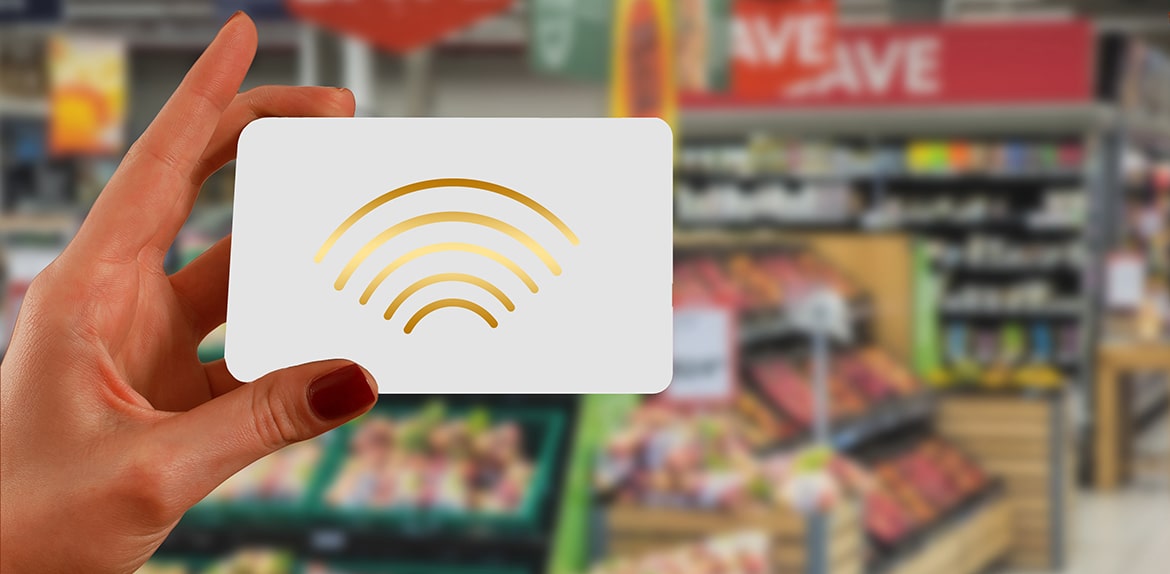Coated cards
The choice of coverage for a plastic card depends on its purpose, the expected period of use and the loads that it will have to withstand.
So that the plastic card does not lose its presentability for a long time, so that it can withstand all force majeure and multiple trips from bag to terminal and back, from pocket to pocket, from hand to hand, and there is universal protection – laminate.
Laminate is the most reliable and durable cover option for a plastic card. A special film (laminate) protects the card from any external influences: scratches, abrasions, water, sand, dirt.
It is these qualities that have ensured the recognition of laminated plastic cards in the banking sector, as well as in other areas where such high requirements are put forward for plastic cards:
First of all, these are cards serving long-term discount, bonus and accumulation programs, gift and bonus cards, advertising and mini cards, scratch and smart cards, contactless cards. Lamination remains the best choice for making plastic business cards and various tags. This coverage is used by customers of club cards and ID cards, passes and key cards, as well as transport cards.
The surface of a laminated plastic card, depending on the customer’s requirements and the purpose of the card, can be matte or glossy, textured, and even one that can be written on with an ordinary pen. Lamination is not just a reliable and presentable coating, it also provides ample opportunities for the designer’s imagination.
This adhesive layer simplifies the process of aligning the layers of the plastic card and strengthens the bonding of the surfaces. In the process of manufacturing standard plastic cards, a laminate with a density of 80 microns is used, but depending on the wishes of the customer, a material with a density of 60 microns or 100 microns can be selected.
For the production of plastic certificates and other documents requiring an increased level of protection, manufacturers have recently begun to use a holographic overlay, which is practically impossible to counterfeit, since it requires high-tech equipment.
Laminate is supplied most often in the form of sheets of A3, A4, A6, but it also happens in rolls.
- Inkjet – Thin, transparent adhesive coated laminate.
- For offset printing – laminate with a reinforced adhesive layer (Strong Laminating Film).
- For digital printing – a laminate with an adhesive coating, specialized for the features of a particular technology for applying an image and the type of paints and inks.
There is a magnetic stripe laminate. Such a product greatly simplifies the card manufacturing process by combining two independent processes into one: lamination and personalization. Overlay is produced both low-coercivity and high-coercivity, depending on the requirements for the plastic card.
An alternative to the widespread laminate is varnishing the plastic card. The lacquered coating loses to the laminate, first of all, in strength, and therefore has not found application in the production of bank plastic cards.
Varnishing is preferable for cards that do not require long-term use and contact with reading devices is applied to the card during its manufacture by offset printing. The surface of the lacquered plastic card can be glossy or matte.
